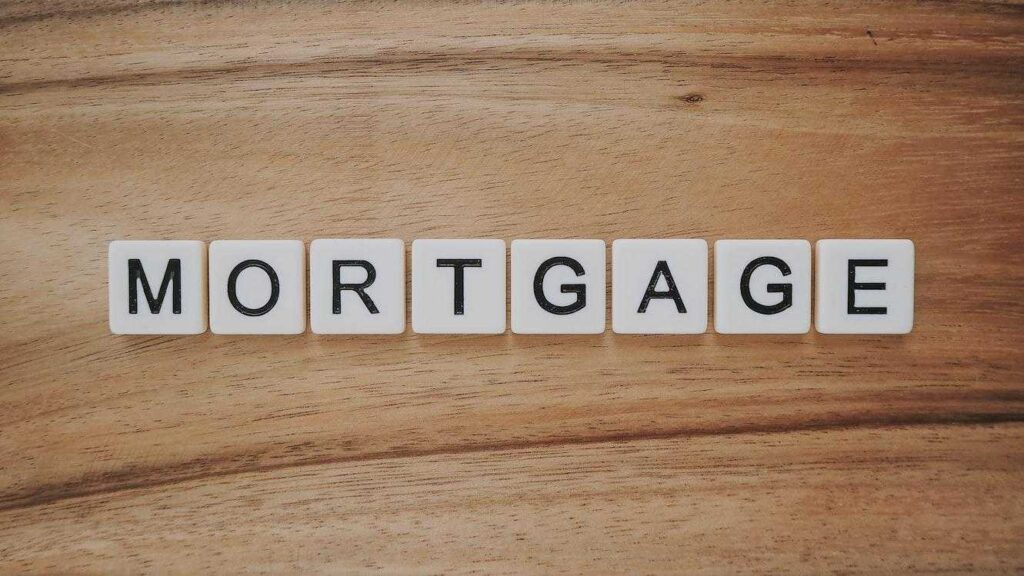As homeowners age, they often have a significant amount of home equity. This equity represents a powerful financial asset that, when leveraged wisely, can provide a solid foundation for financial security in retirement.
Two common tools for leveraging home equity are reverse mortgages and home equity lines of credit (HELOCs). Both offer a way to convert home equity into cash, but they function differently and are suited to different needs and circumstances.
This article will guide you through the nuances of both options, helping you determine which is the right fit for your financial needs.

Reverse Mortgages: An Overview
A reverse mortgage is a type of loan that allows homeowners, usually of retirement age (62 or older in the United States), to borrow against the equity in their homes. This loan does not require monthly payments from the borrower. Instead, the loan balance, which includes the borrowed amount and accrued interest, is repaid when the homeowner sells the home, moves out, or passes away.
The most popular type of reverse mortgage is the Home Equity Conversion Mortgage (HECM), which is insured by the federal government.
Pros of reverse mortgage loans:
- No monthly mortgage payments.
- The loan proceeds can be utilized for any purpose.
- Non-recourse loan: You or your heirs will never owe more than your home is worth.
Cons of reverse mortgage loans:
- Fees and interest can be high, reducing the amount of equity left for heirs.
- The loan becomes due if you move out of your home for a year or more, sell the home, or pass away.
- This may impact eligibility for means-tested benefits like Medicaid.
If you’re considering getting a reverse mortgage, then you can check out the Mutual of Omaha reverse mortgage loan options to see which product best fits your needs.
Home Equity Line of Credit (HELOC): An Overview
A HELOC is a type of second mortgage that gives homeowners access to a line of credit based on their home’s equity. Unlike a reverse mortgage, a HELOC requires regular payments—interest and potentially some principal—during the draw period, typically the first 5–10 years. After the draw period ends, the repayment period begins, requiring full payment of principal and interest.
Pros of HELOCs:
- Lower interest rates and fees compared to a reverse mortgage.
- You will only pay interest on the money you will actually use.
- It can be used for any purpose.
Cons of HELOCs:
- Requires regular monthly payments during the draw and repayment periods.
- Lenders can freeze or reduce your credit line if your home value decreases or your financial situation changes.
- Failure to repay can lead to foreclosure.
As things stand, the average rate for HELOCs stood at 7.62% as of December 28 and is expected to reach 8.25% by the end of 2023, so it’s in your best interest to review the option and see whether paying such an interest rate is worth it.

Choosing the Right Option
The decision between a reverse mortgage and a HELOC will depend on your individual circumstances and financial needs.
If you are a retiree who plans to stay in your home for the long term and have a significant amount of home equity but limited income, a reverse mortgage could be a good fit. It allows you to access your home equity without adding to your monthly bills.
On the other hand, if you have a steady income and can afford to make regular payments, a HELOC may be the better choice. It typically has lower costs and gives you more flexibility to borrow only what you need.
However, it’s crucial to remember that both options involve risk and should be considered as part of a larger financial plan. Be sure to consult with a financial advisor before you make any major financial decisions.
Conclusion
Both reverse mortgages and HELOCs offer viable ways for homeowners, especially retirees, to tap into their home equity, potentially providing a valuable income stream during their retirement years. The suitability of each depends mainly on an individual’s financial situation and personal needs. With its lack of monthly payments, a reverse mortgage may suit those with less income but substantial home equity, providing a financial cushion without additional monthly burdens.
A HELOC, with lower interest rates and fees, may be more appealing to those who can afford regular repayments and want more control over the borrowed amount. However, the risks associated with both options, including the potential for loss of home equity or even the home itself, make it essential to consider these options within the context of a broader financial strategy.
Consulting with a financial advisor can provide a clearer picture of the benefits and risks involved, ensuring that homeowners make a choice that best supports their financial well-being and retirement goals.





